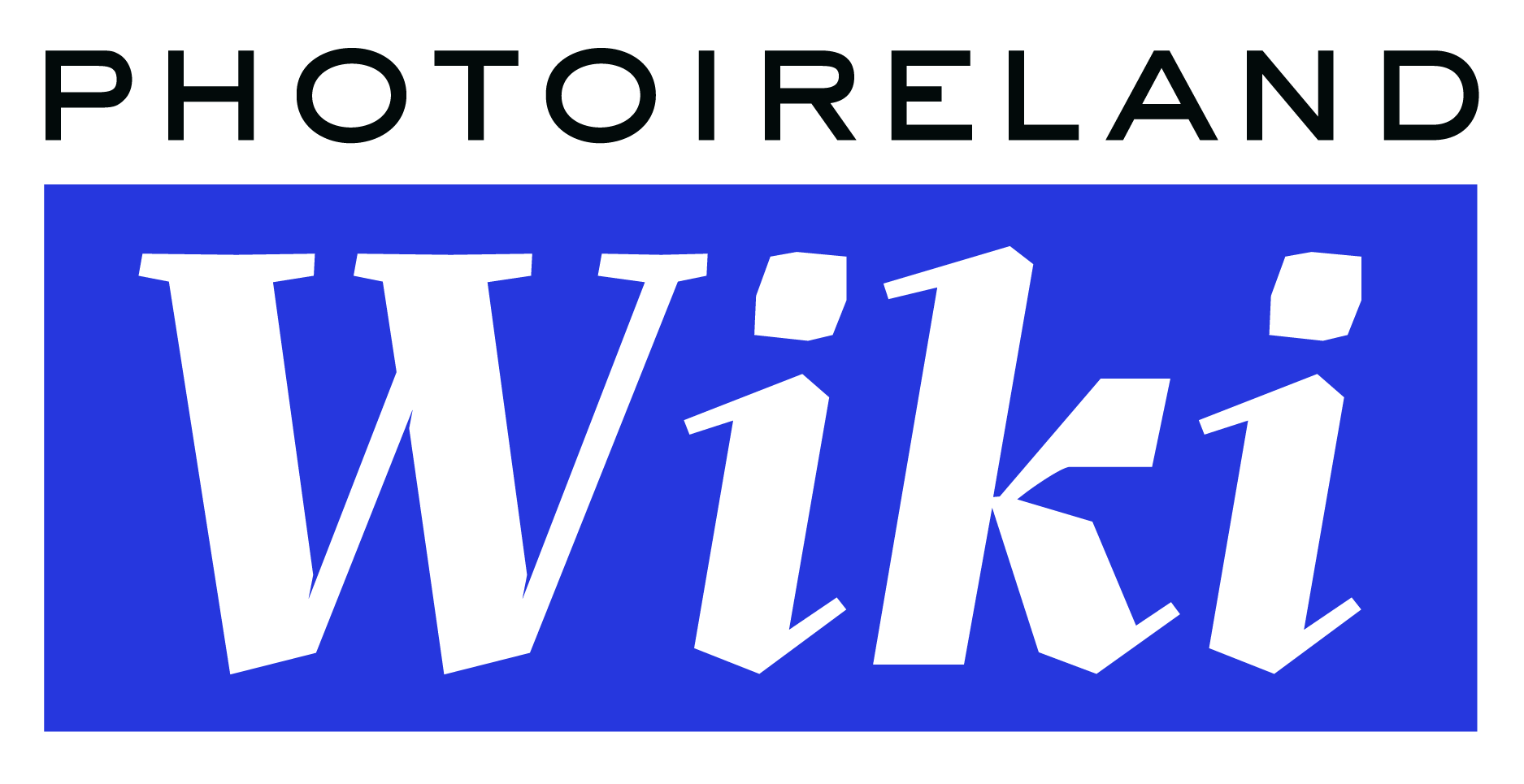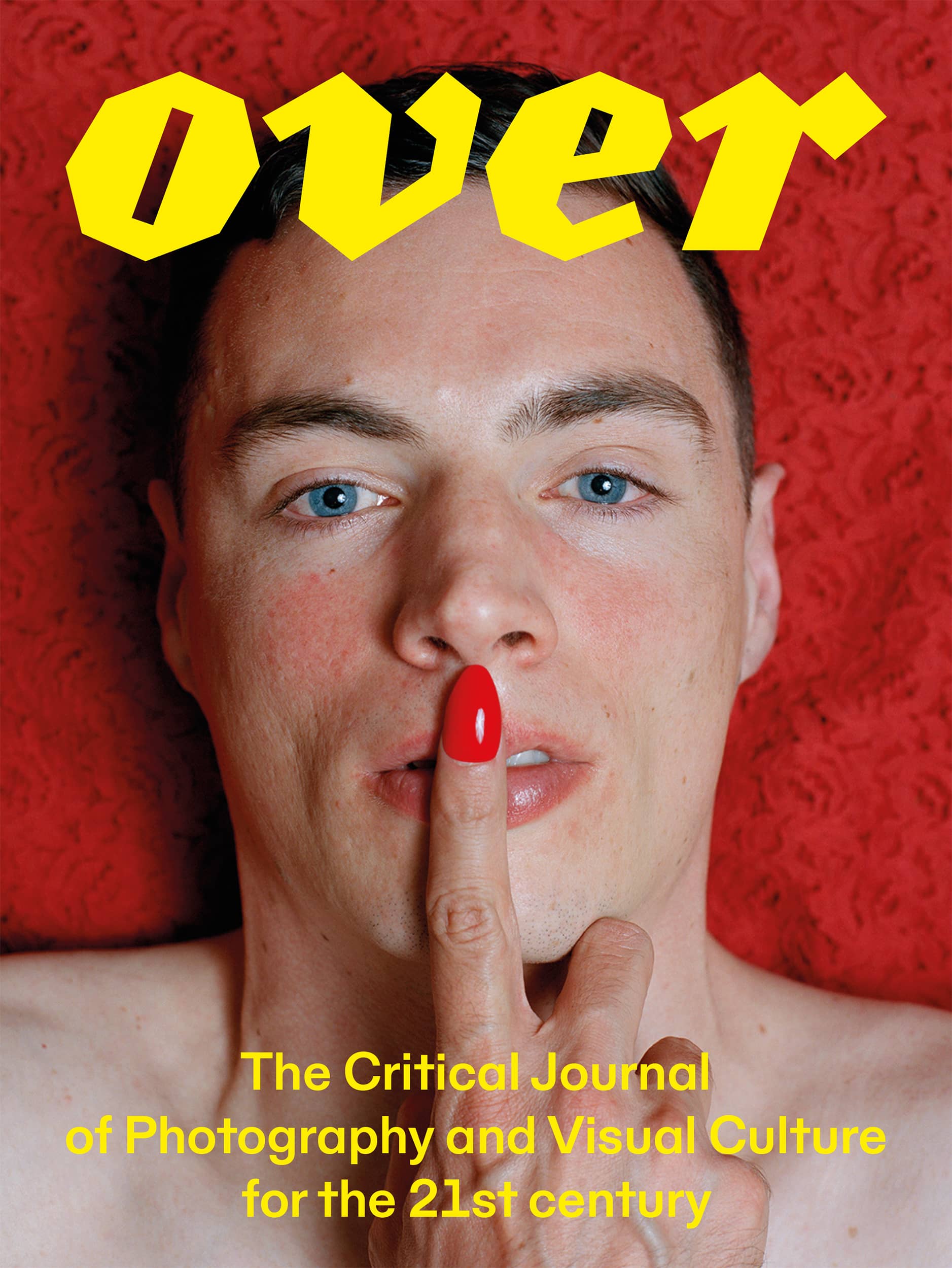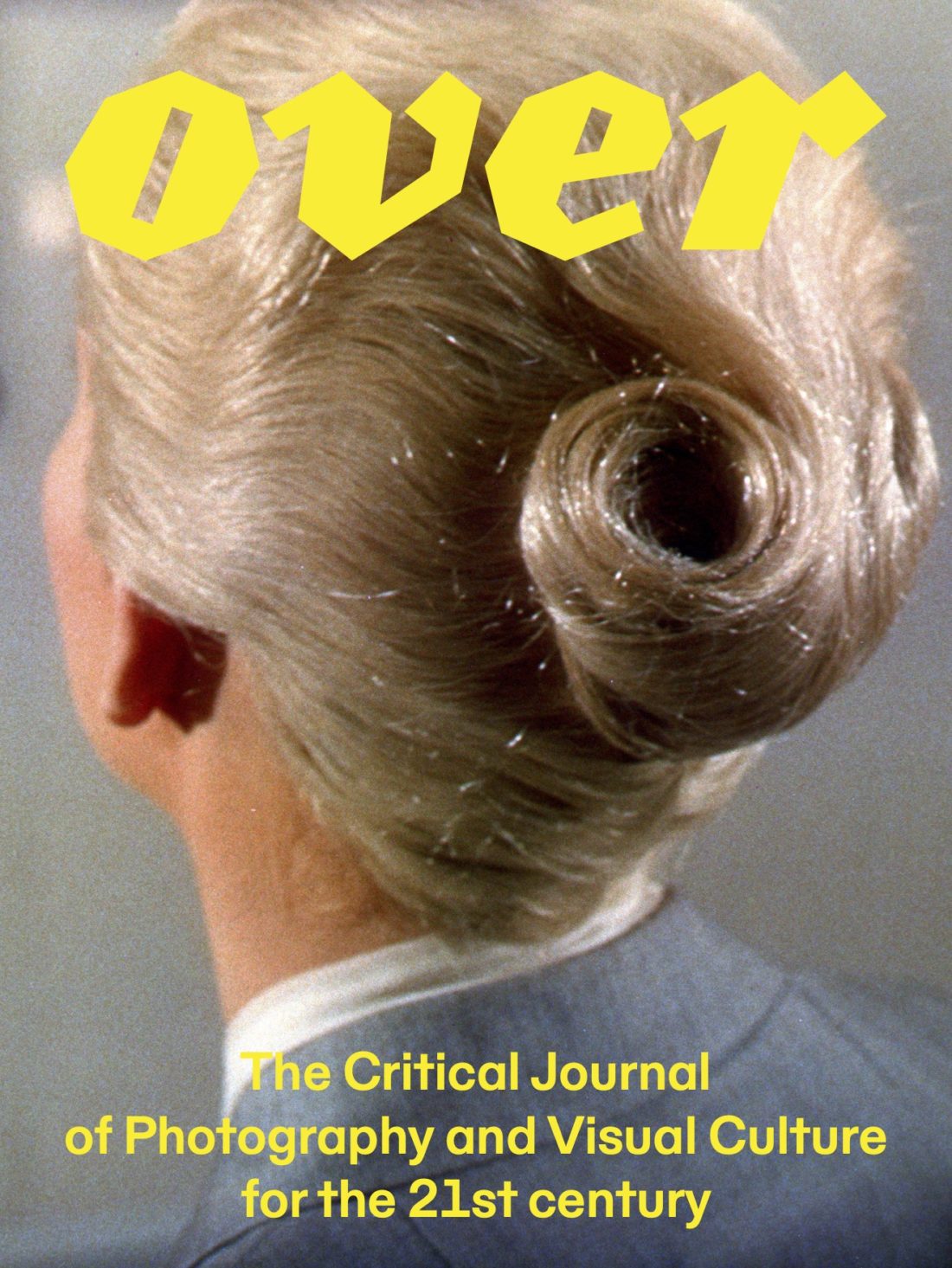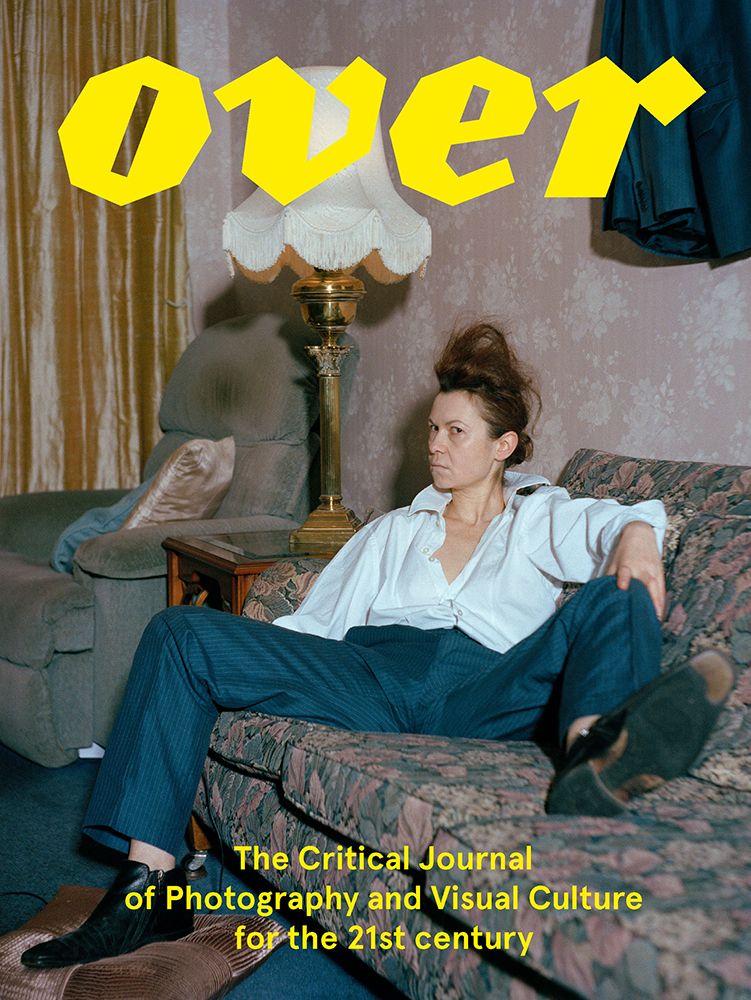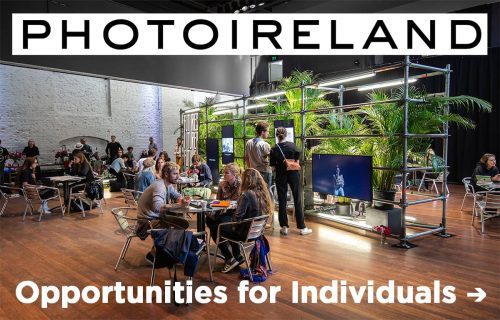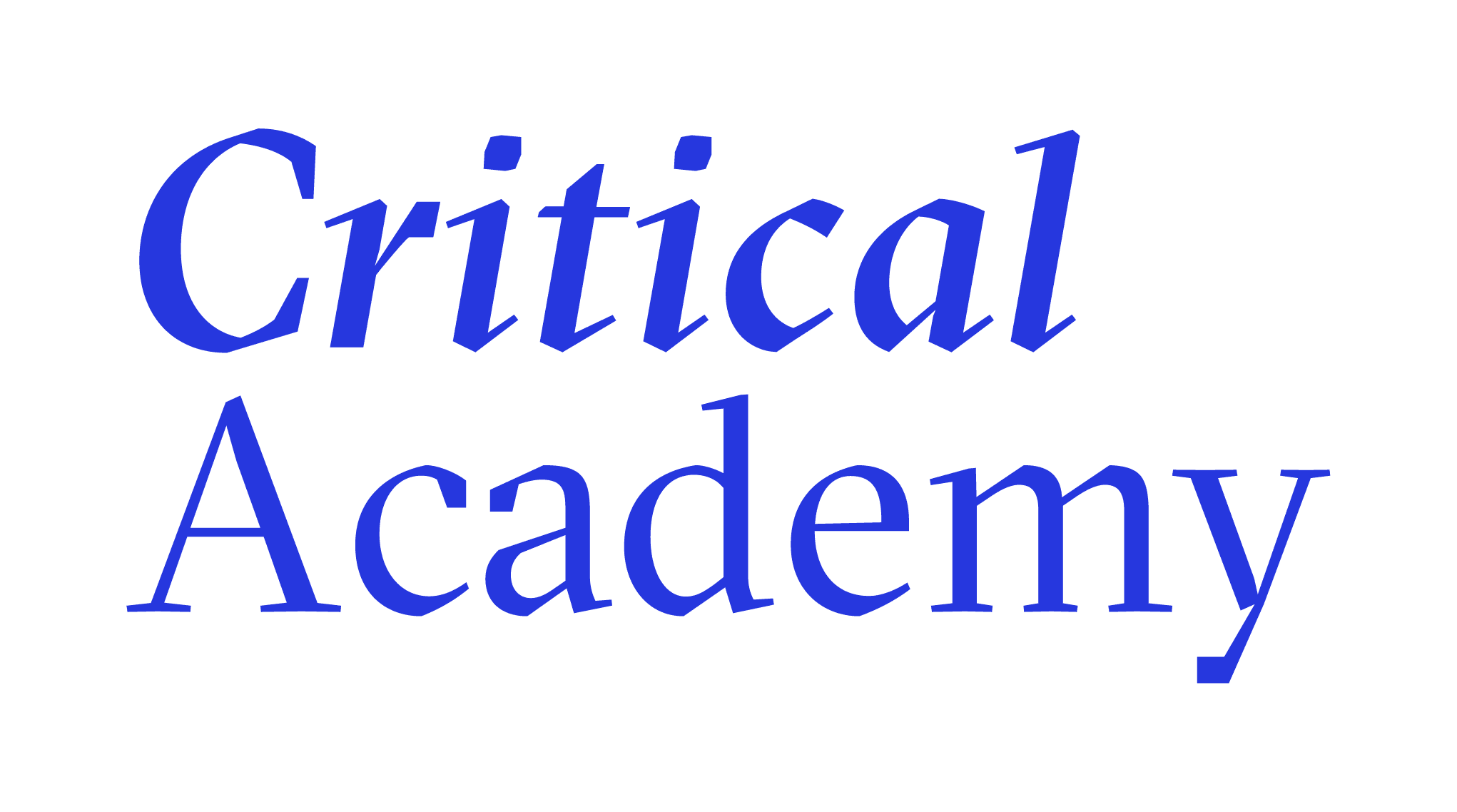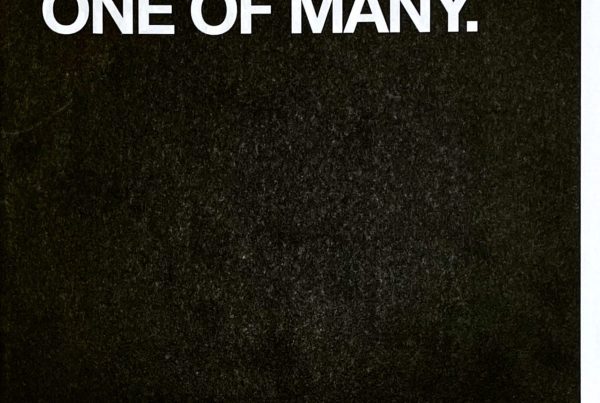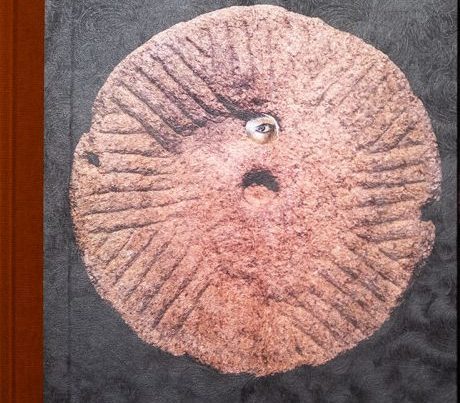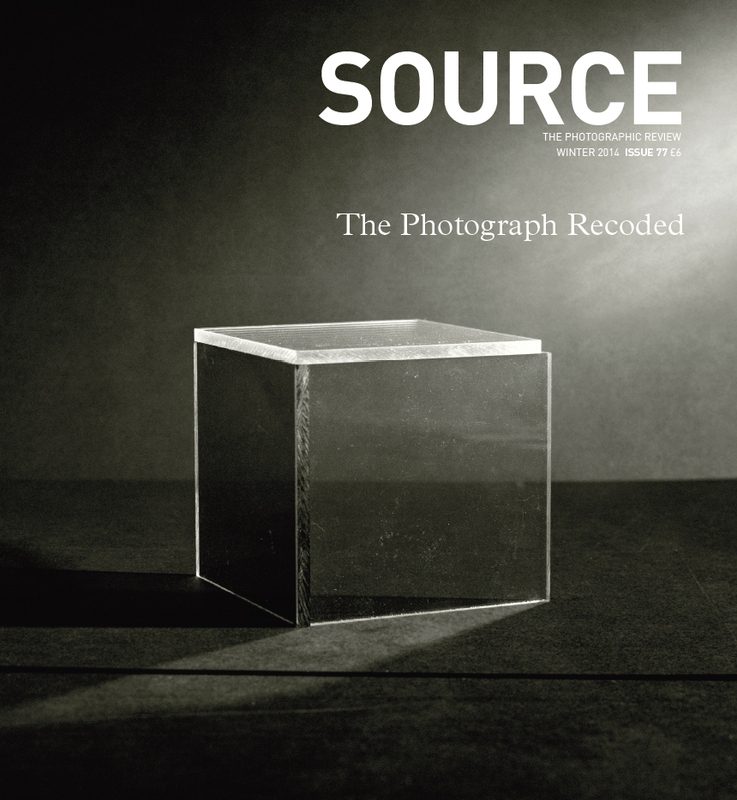

Cover
Source
Winter 2013: Issue 77
English
Edited by John Duncan and Richard West.
Softcover
84 pages
260 x 240 mm
2013
ISSN 13692224
Photography is typically considered as a documentary medium because of its connection with the world. It might equally be considered an abstract medium for the same reason. One arena in which this is particularly evident is in the long running and painstaking efforts made to get computers to interpret photographic images. The summit of achievement in this area so far is getting computers to recognise cats on Youtube. Adrian Li sets out the steps a computer has to go through to move from receiving undifferentiated pixels to even the most basic interpretation of a photograph.
About the Artists
A computer translates an image into a grid of pixel intensities to allow its interpretation. To make a photograph available for a blind person to experience, a similar translation is undergone into a tactile image. Sue King from the Royal National Institute for the Blind explains to Richard West how they adapt a photograph into a texture and how the experience of an image by touch differs from experiencing the same image by looking.
An interest in philosophical questions about how things become intelligible to human beings is shared by the artists in this issue. Darren Harvey-Regan is interested in exploring the way in which things appear and come to make sense in the world. In Metalepsis, what at first appear to be simply pictures of rocks, on closer inspection turn out to be a form of commentary that we are invited to interpret. Why, for example, does the stone appear to cast a shadow on itself? As Siún Hanrahan explains, ‘metalepsis’ is a type of rhetoric: “a form is used figuratively and taken through a succession of its different meanings or incarnations so as to broach questions regarding the nature of likeness. What is it for two things to be alike, to partake of the same idea? And what is it for something to be more or less truthful, more or less like the world?”
We first published Becky Beasley’s work in 2003 (Source 37), in this issue we are publishing a new series of images from her work Spring Rain. The title refers to a story by Malamud, the first clue that, as Regan’s work is about more than rocks, Beasley is concerned with more than just cucumbers; although that’s what the pictures show. The cucumbers are suggestively comic, obscene and erotic but, as Matt Packer describes, also part of a story that is both personal and literary in origin.
David Penny’s Fragments, Monoliths & Portals continues his work in the still life genre. Penny is interested in how ‘through the action of photographing an object or assemblage it can be transformed through this mechanical process, which although is likely to be a straightforward document; at the same time, has the potential to produce or perform something entirely imaginary’. Gavin Murphy introduces the work making connections with spiritual exercises in which ‘a prolonged scrutiny of everyday forms should lead to an exalted imaginative realm’.
About the Publisher
Source is a quarterly photography magazine, available in print and as a digital edition, published in Belfast, Northern Ireland. They publish emerging photographic work and engage with the latest in contemporary photography through news, thoughtful features and reviews of the latest exhibitions and books from Ireland and the UK. Their website brings together an archive of writing and pictures from the magazine alongside current features.[/note]https://www.source.ie/main/about.php 1
